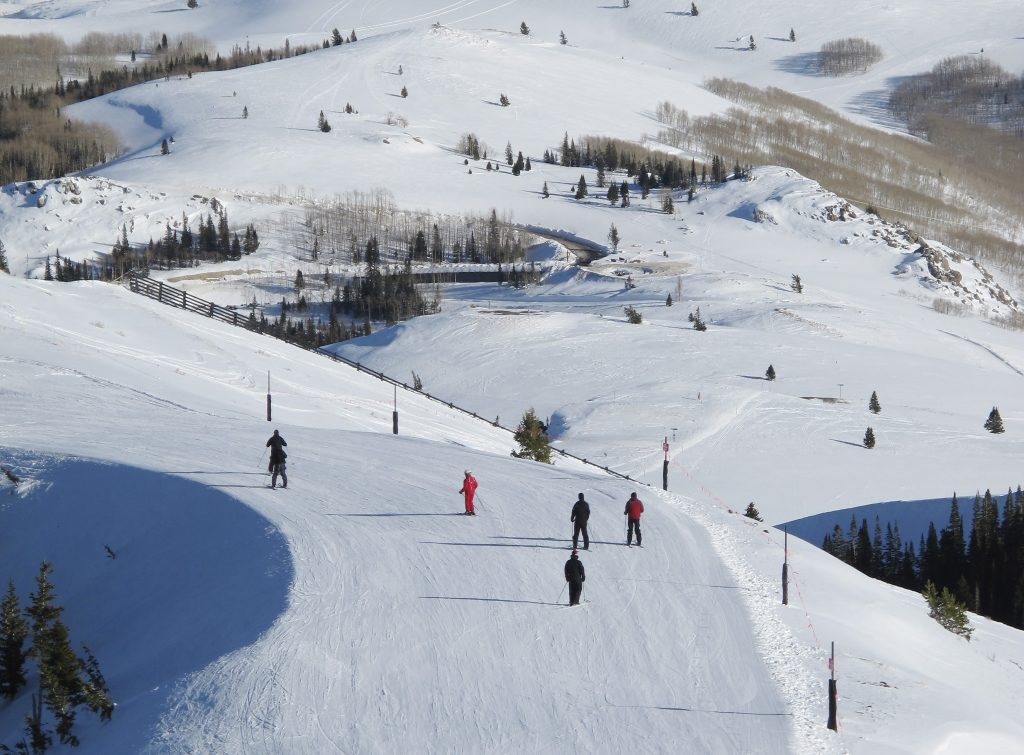Literally: Having gobbled up soaring peaks like Utah’s Park City and British Columbia’s Whistler Blackcomb, Vail Resorts is going low with its latest deal, a quarter-billion-dollar offer for Peak Resorts. Its quarry operates 17 facilities, including the 900-foot Paoli Peaks in Indiana. True, there are taller bumps in the package – Hunter Mountain in New York’s Catskills tops out at 4,000 feet. But this acquisition is more about going horizontal than vertical.
The key to Vail’s business model is the sale of subscriptions, chiefly the $939 Epic pass which not only includes access to the company’s U.S. slopes, but to some in Japan and Australia, too. By geographic definition, its keystone properties (yes, Keystone Resort in Colorado among them) are in hard-to-reach mountainous zones. In the past, that limited the sale of passes to a hard core of value-conscious locals and rich folks with second homes, and then a flow of fickle visitors whose arrival or absence was correlated to snowfall.
By adding bunny hills close to key metropolitan areas and selling access to a vast network of mountains, Vail has created a feeder system whereby city dwellers are incentivised to think beyond the weather map. Most of the resorts picked up today are located within 100 miles of New York, Boston, Philadelphia, Baltimore, Washington, Cleveland, Kansas City and St. Louis, “enabling day and overnight drive accessibility.”
Like everything related to skiing, it’s an expensive adventure. Vail is paying twice Peak’s closing stock price from Friday, thereby valuing the target at some 25 times trailing earnings. Katz’s outfit is also absorbing nearly $200 million of long-term debt. To justify the premium it’s paying, Vail needs to bring in around $9 million of new earnings before taxes, which is pretty much the difference between Peak’s last full-year EBITDA and the $60 million Vail forecasts from the deal.
As an investor, there’s not much to dislike about such well-groomed finances. For skiers, the extra sticks on the slopes may not be quite so enjoyable.
(Additional reporting by Kiley Roache.)
(This item has been corrected in the second paragraph to read “quarter-billion-dollar offer” instead of “quarter-million offer.”)
_____________________________________________________________________


